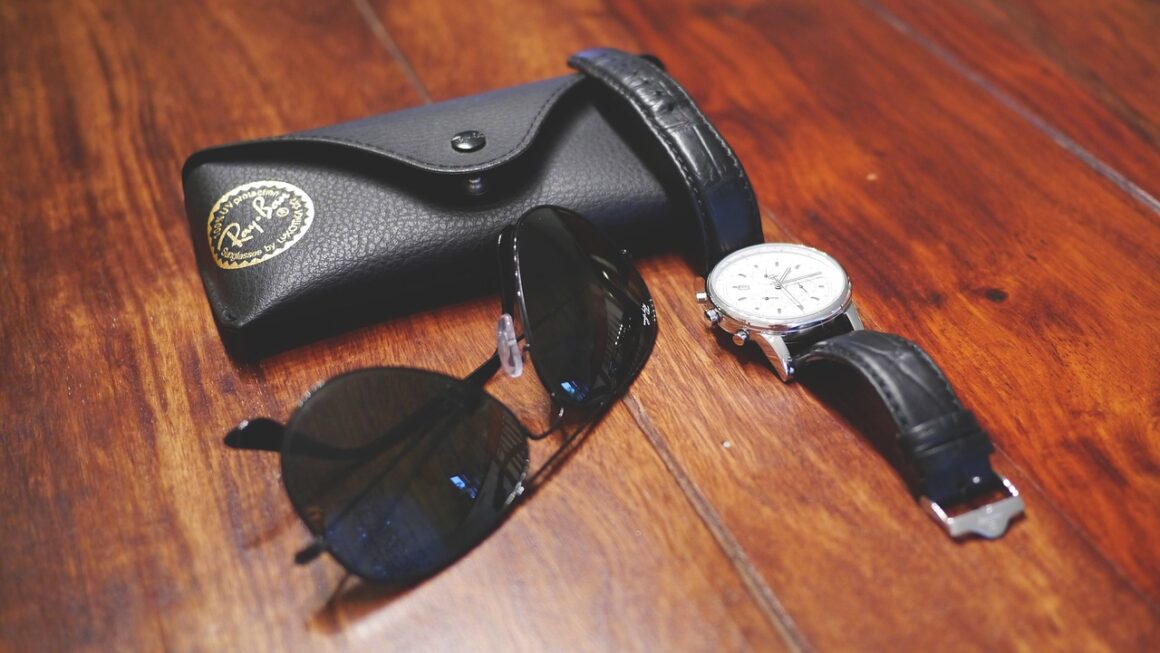Fashion merchandising is considered a critical section of fashion, as ideas and techniques are applied in an efficient manner to deliver products to the market with targeted consumers in mind. This is why it is crucial to define basics of fashion merchandising as it can guide an individual entering this industry.
Product Development: Fashion product development is the first process of fashion merchandising. Merchandisers in cooperation with designers are responsible for concepts and these collections have to be in harmony with consumers’ expectations. This process involves choosing of the fabrics, the color and styles that appeal to the target clientele.
Market Research: The fashion merchandising process, thus, turns into a significant reliance on the market research process. This involves undertaking a fashion forecast of fashion trends, customers’ response, and similar actions by competitors. Filled with such information, merchandisers will be in a better position to determine what consumers actually desire and what they require in products so as to rightly position the merchandise in the market to suit the consumer needs and wants.
Buying: This is the duty of the merchandisers to ensure that the company purchases the right stock, in the right quantities. This calls for tact in identifying the trends and having adequate information about the target market. Some factors that drive the purchase are seasonal, past data and outlook on fashion trends. Effective buying entails that there are products in stores that consumers desire and which are relevant in the contemporary society.
Pricing: Pricing is one of the most important factors in fashion merchandising that should be well determined. Profit margins have to be adequate yet ensure that the prices set on its products are reasonable. Promotional decision involves the pricing strategies adopted in the determination of the price of a product as taken by merchandisers after considering factors such as the cost of production, market needs, and value placed in the market. Pricing works in tandem with attracting many people to buy the product while at the same time being able to make a good profit from the product being sold.
Visual Merchandising: Another is the display of products in stores as well as online platforms is another. This is a technique of store planning and fixture design which helps to attract customers and make them to buying products. This constitutes everything ranging from the window hangings to the store layouts, and even the product images on the websites.
Inventory Management: To make sure that the business does not suffer from overstocking, or run out of stock, proper management of inventory has to be done. Merchandisers help plan for the required purchases of inventory based on its replenishment dates and this helps in the efficient flow of supplies in the market so that maximum gains can be made out of it.
In conclusion, therefore fashion merchandising is the process of creating and selecting products and setting their price and selling them through effective techniques in display and managing stock to satisfy consumer’s demands and generate revenue. The strategy that essentially fits the fashion industry needs is this heterogeneity of the approach taken.




